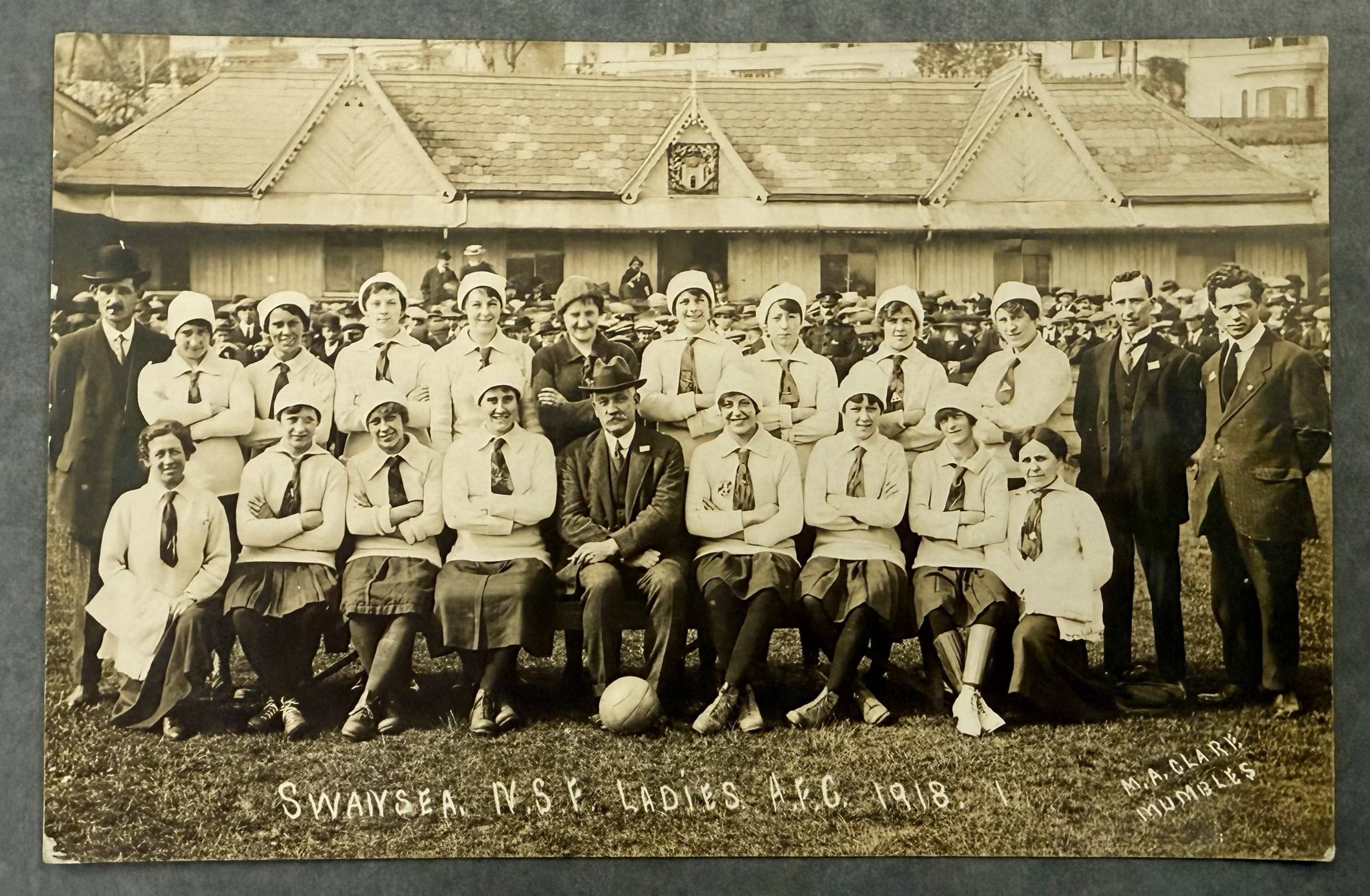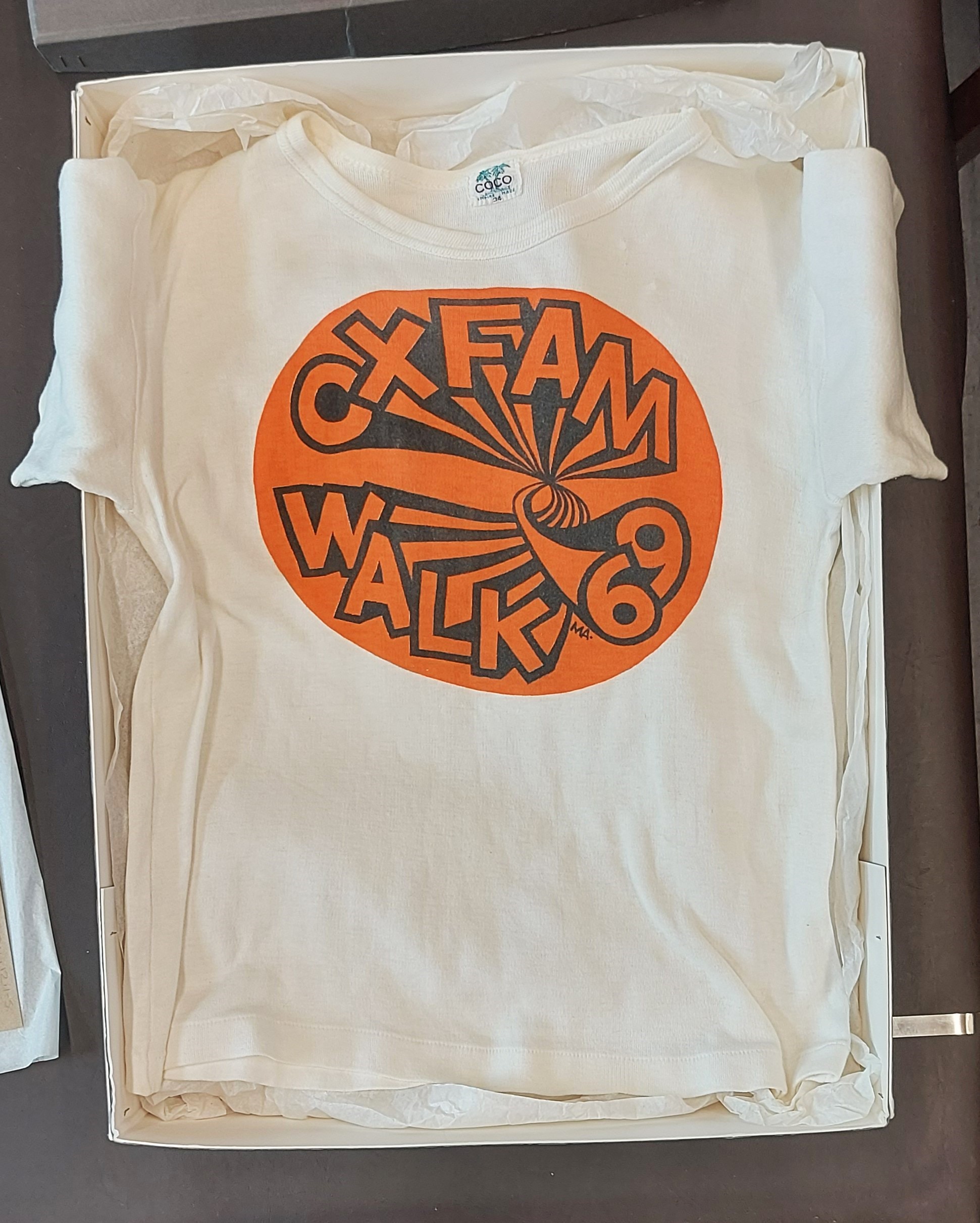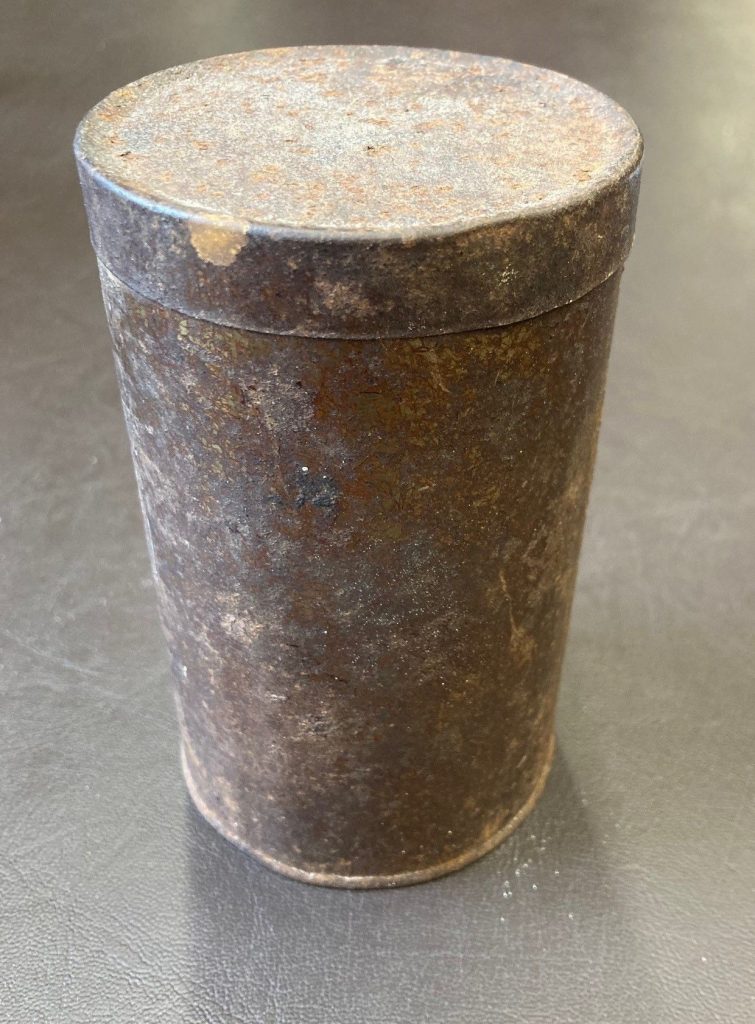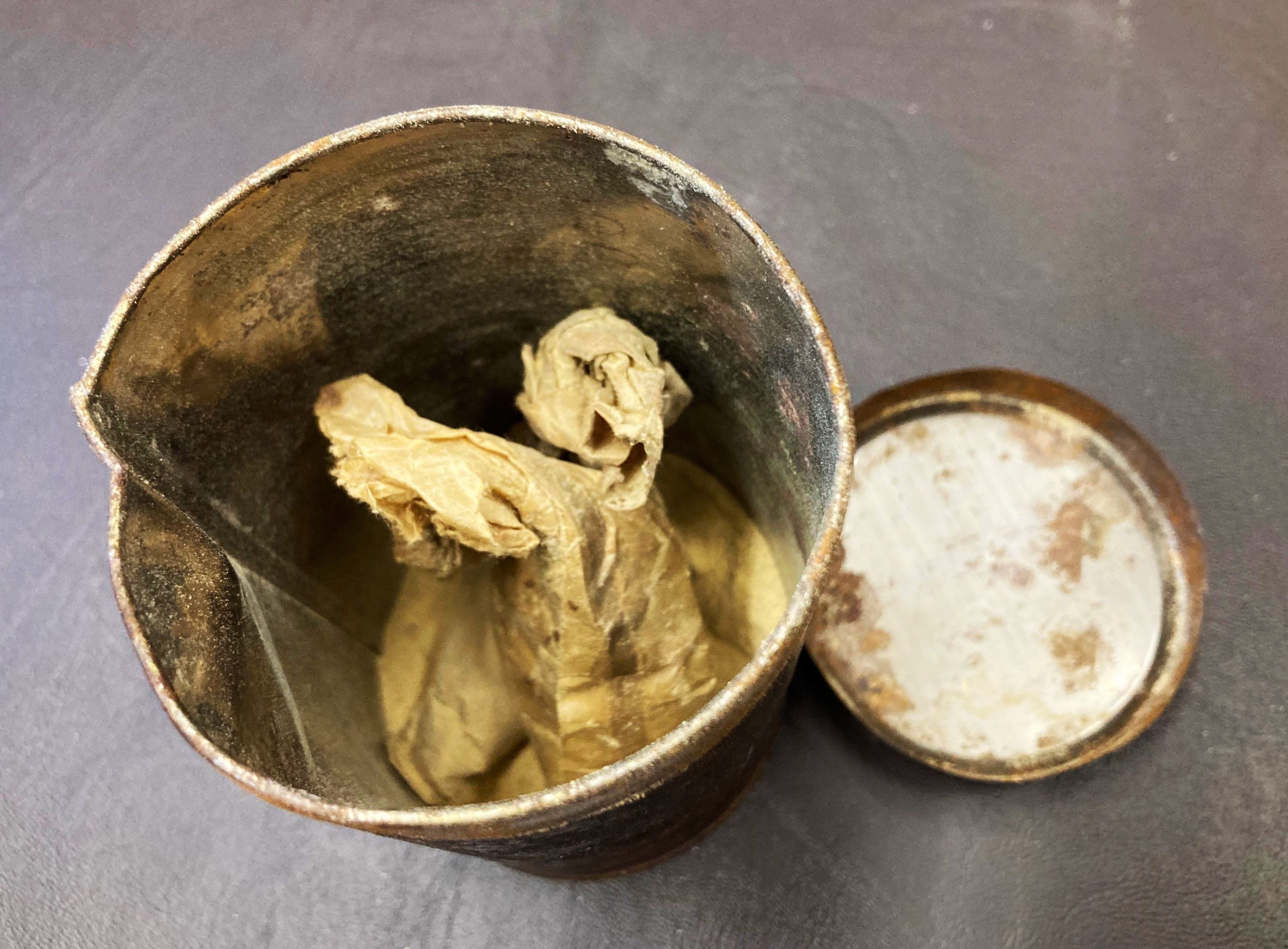By Phil Treseder
Swansea Museum Education & Participation Officer
In December 2024, Wales International Women’s Team qualified for the first time for a major international tournament. Women’s football has had a difficult journey. The First World War provided a major boost, but the Football Association worried about its growing popularity effectively banned it in 1921 by threating to ban any clubs from membership that allowed women’s teams access to grounds and facilities.
Women’s football does date earlier than World War 1 and at times there was considerable resistance. A touring team named the British Ladies’ Football Club were in Swansea in July 1896. A game was held against a men’s team (apparently the first ever such game in Swansea) which resulted in 4 – 4 draw. However, the gate was rather small and as a result the team could not afford the fares to Cardiff, their next destination.
The team did manage to get to Cardiff eventually, but the news was covered by the South Wales Daily Post on the 7th of August with the following commentary.
“So, the British Ladies’ Football Club managed after all to get out of the awkward predicament in which they found themselves on Tuesday and bade Swansea farewell for ever on Thursday. No one could but help sympathise with the poor girls in their sad plight, but at the same time I hope their severe lesson will drive home the conviction that football is not a game for women no more than darning stockings is an occupation for mortals of the masculine gender. The ordinary species of the new woman is almost intolerable, but when females turn out in bloomers on the football field the whole business becomes positively disgusting, and if a slice of bad luck, such as that experienced by the British lady footballers at Swansea, will have the effect of crushing out the practice I shall rejoice exceedingly over it. By-and-by there will be no holding these masculine females”.
One of the earliest known teams in Swansea was Baldwins United, formed during WW1. The team were women working at the National Shell Factory.
The woman who organised the team was Nancie Griffith Jones employed as a welfare officer at the factory. A keen sportswoman, she played football, hockey and water polo. Later in life she would be awarded an OBE for services in the education sector. She would also spend WW2 as a prisoner of the Japanese as at the start of the war in the Pacific she was running a school in Singapore.
SM MI 6877.2 is a photograph of the team taken at St Helens ground pre or following a match and probably for a game played against Newport in April 1918 to raise funds for the Prisoners of War Fund. Nancie is sitting fourth from left in the front row.

The team surnames are given along with an initial. However, some of the newspaper reports provide us with a first name. It is therefore possible to speculate on the full name and address of some of the team.
If anyone recognises them as an ancestor or know of anyone else in the team and can provide further information, please contact Swansea Museum via phil.treseder@swansea.gov.uk
The possible names given along with Nancie Griffith Jones are:
N Dalhgrin
L Quick (captain)
D Wise
D Thomas
E Griffiths
A Davies
G Gower
A Guy
K Roper
M Forrester
In a later game there is an E Mountfield
A few possibilities include:
The captain is named as Lizzie in a newspaper report. Possibly Lilian Elizabeth Quick born in 1895 in Wolverhampton and living in Margaret Terrace, St Thomas in 1911. If so married Evan Gordon Davies in 1924.
K. Roper in the newspaper is named as Katie. There is a Catherine Roper born about 1900 living at 3 Wandsworth Street with her brother and uncle.




